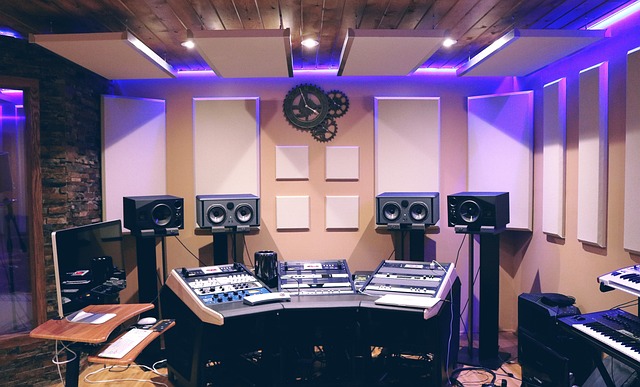In the ever-evolving landscape of music, the blues genre stands at a crossroads, embracing the transformative power of technology. As we navigate the digital age, the blues, deeply rooted in tradition, is undergoing a metamorphosis, drawing on modern tools to amplify its reach and resonance. Let’s explore how technology is reshaping the blues, breathing new life into a genre that has endured for generations.
Digital Recording and Production:
The advent of digital recording has revolutionized how blues music is created and produced. In the past, artists relied on analog equipment to capture the raw essence of their performances. Today, digital recording technology allows for greater precision, flexibility, and accessibility. Blues musicians can experiment with various sounds, layering instruments, and effects with ease, resulting in a polished yet authentic sound that resonates with both purists and contemporary listeners.

Online Platforms and Global Connectivity:
One of the most significant impacts of technology on the Blues is the accessibility provided by online platforms. Streaming services, social media, and dedicated blues websites have become virtual hubs for enthusiasts worldwide. Blues lovers can now discover and enjoy a diverse range of artists, old and new, with just a few clicks. This global connectivity has not only expanded the audience but also fostered a sense of community among blues aficionados across borders.
Social Media and Blues Community Building:
Platforms like Instagram, Facebook, and Twitter have become powerful tools for blues musicians to connect with their audience. Artists can share behind-the-scenes glimpses, engage in real-time conversations with fans, and promote upcoming releases or events. This direct interaction enhances the sense of community, allowing fans to feel more closely connected to the artists they admire. Social media has become a virtual jukejoint where the blues community congregates to celebrate the music they love.
Digital Distribution and Independence:
The digital age has democratized the distribution of music, empowering blues artists to take control of their careers. Independent musicians can release and distribute their music globally without the need for traditional record labels. Online platforms like Bandcamp and CD Baby enable artists to reach a wide audience while maintaining creative autonomy. This shift has given rise to a resurgence of grassroots blues, with emerging talents finding their niche and building dedicated fanbases.

Blues Education and Online Learning:
Technology has also played a pivotal role in blues education. Online platforms offer a wealth of resources, from video tutorials on playing blues guitar to in-depth courses on blues history. Aspiring musicians and fans alike can access a treasure trove of knowledge, learning about the roots of the blues, its various styles, and the techniques employed by legendary artists. This digital education fosters a deeper appreciation for the genre and ensures its continued legacy.
Virtual Performances and Livestreams:
Especially in the wake of global events that restricted live gatherings, technology has provided a lifeline for blues performances. Livestreaming concerts and virtual blues festivals have become commonplace, allowing artists to reach their audience directly from the comfort of their homes or studios. While nothing can fully replace the experience of a live blues show, these virtual performances have bridged the gap, keeping the music alive and accessible during challenging times.
Digital Collaboration and Cross-Genre Fusion:
Technology has facilitated unprecedented collaboration among artists, transcending geographical barriers. Blues musicians can now collaborate with artists from different genres, resulting in innovative fusions that push the boundaries of traditional blues. Whether it’s blues infused with hip-hop beats or electronic elements, the digital age has become a playground for experimentation, giving birth to hybrid sounds that attract a diverse audience.
Digital Archives and Preservation:
The preservation of blues history has been significantly enhanced by digital archives. Rare recordings, documentaries, and historical artifacts are now accessible to a broader audience, ensuring that the legacy of blues pioneers is not lost to time. Digital platforms serve as virtual museums, allowing enthusiasts to explore the roots of the blues and gain a deeper understanding of its cultural significance.
Challenges of Digitalization:
While technology has brought about positive changes, it also presents challenges for the blues genre. The saturation of digital content and the short attention spans of the online audience can make it difficult for artists to stand out. Additionally, concerns about the devaluation of music in the digital era and the impact on artists’ livelihoods remain valid issues that the blues community continues to grapple with.
As the blues navigate the digital age, it does so with a blend of reverence for its roots and an openness to the possibilities that technology offers. The soulful strains of the blues continue to resonate through digital channels, forging new connections and ensuring that this timeless genre remains vibrant in the hearts of those who cherish its rich history and evolution.
